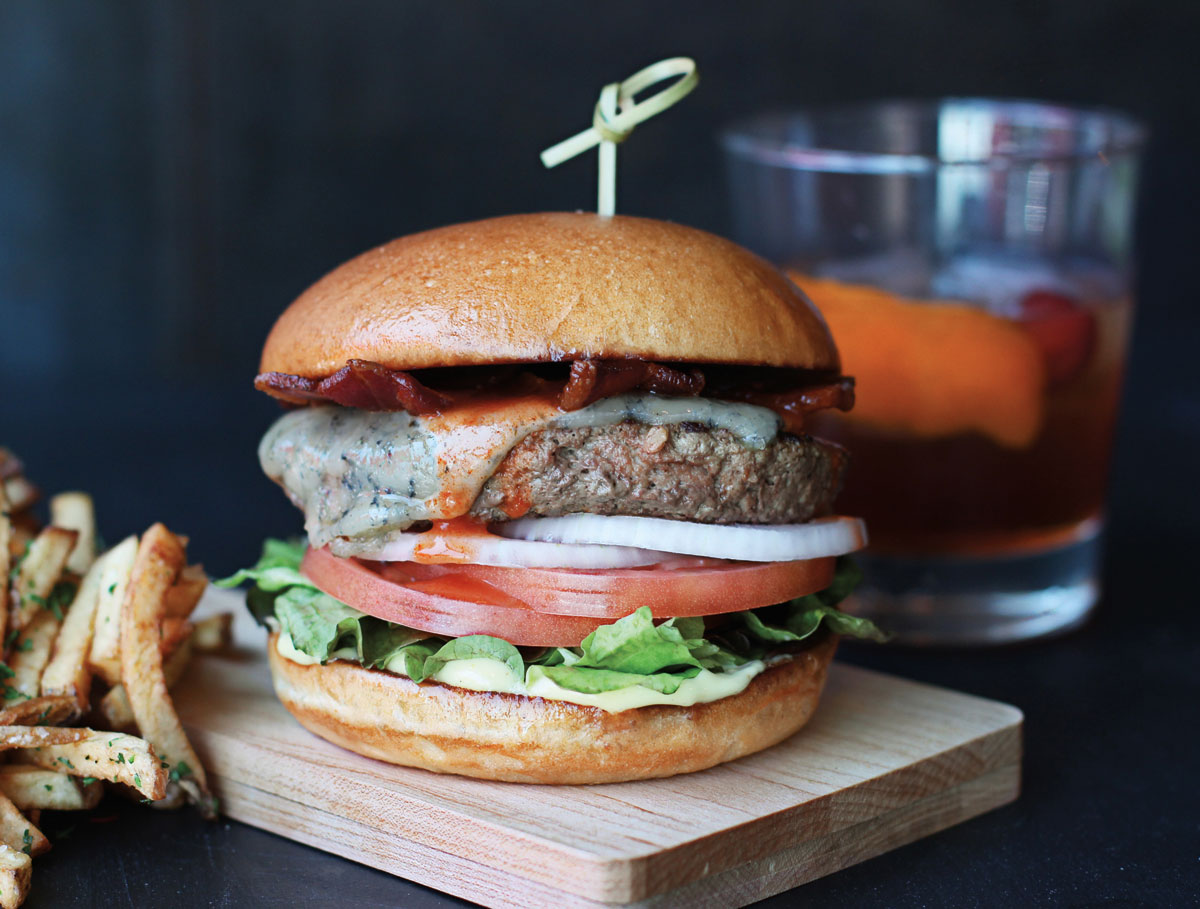In the continuing quest to incorporate some of the better elements of full service into their own operations, limited-service concepts are testing the addition of runners and call systems. With the ability to increase sales and upgrade the customer experience, these add-ons services are continuing to pop up and gain traction.
Brands including Chick-fil-A, MetroFresh, Curry Up Now, and Hopdoddy are riding the edge of adoption by utilizing call systems, tablet devices like Square and Revel Systems, and food runners. Recently a Houston-area Chick-fil-A reported a 500 percent boost to revenue thanks to a tableside ordering system called Kallpod. Reports like these are further stoking the fire of interest among limited-service operators.
Matt Schweitzer, senior director of operations at Austin, Texas–based Hopdoddy Burger Bar, says he’s seen an uptick in runners in limited service. The brand tries to orchestrate a “harmonious symphony of everybody working together so we can create a full-service environment, but in a queuing-line, quick-service format,” he says.
Tablets are becoming more popular; not only do they help save time and improve efficiency, but they also facilitate quicker table turnaround, says Akash Kapoor, CEO of Curry Up Now.
Runners at the San Francisco–based Indian fast casual deliver food, water, and silverware and can also run credit cards to the cashier for additional orders. Kapoor says this provides the potential for upselling, with a target of $3–$7 worth of add-ons, plus it increases interactions between guests and staff. He’s also considering even more futuristic applications, like leaving tickets open and instituting tableside transactions with videos on tablets of the order being built, to elevate the guest experience and raise sales.
Ray Camillo, CEO and founder of Georgia-based Blue Orbit Restaurant Consulting, says operators can organically add extra sales through a second run. Because runners are both processing a second transaction while also caring for customers, “You’ll increase sales for sure,” he says.
Beyond upsells and increased efficiency, these tech advancements can provide an upper echelon of customer service. “For me, [having runners] gives a chance for somebody to be table-touching out in the house,” says Mitchell Anderson, owner, creator, and head chef at MetroFresh in Atlanta.
These extra service elements—checking in with guests, processing payment on extra orders—exhibit a degree of care that customers don’t typically associate with quick service, Anderson says. It’s normal for these establishments to use one to five runners depending on the time, day of the week, and size of the restaurant.
“Those staff who are dropping off food for us, their main objective is to try to round out the meal for the guests when they’re tableside, and we’ve seen great success with that,” Schweitzer says. “We serve a premium product, and we want to make sure that we’re delivering premium hospitality.”
If the tech system asks for tips before the service or food is rendered, Camillo says, it’s a bonus for guests to then interact with a service-oriented employee who looks customers in the eye, smiles, and asks if they need anything else.
“Our main thing about service is once a guest sits down, I don’t want [them] to get up for anything except going to the bathroom or leaving,” Kapoor says. “We don’t want them to go back and stand in line and order a second [item]. We want them to sit and enjoy the food.”
Customers can feel like their experience is over at the point of sale, but moving that final sales mark around the restaurant helps with engagement, Schweitzer says, and the food runner is the “crescendo” of the meal.
In terms of technology, Kallpods, Square, Revel Systems, and LRS Table Tracker are a few systems employed by fast casuals. Curry Up Now utilizes Revel Systems, with tablets at cashier stations and kiosks, while MetroFresh uses Square and takes tablets over to customers to swipe credit cards for extra tableside orders. Three Chick-fil-A locations in Houston installed Kallpods, wherein guests push a button to summon servers who receive a notification on their smart watches.
Other systems like LRS Table Tracker use GPS, Wi-Fi, and a map of the restaurant to pinpoint where the guest is within the restaurant, Camillo says. Trackers transmit to the back of the house, and when the food is ready, runners simply view the map to locate the correct tracker for that particular order.
However, certain tech updates, like McDonald’s large touchscreen monitors for ordering, haven’t been fully accepted yet, Camillo says. Some customers prefer to wait in line and order with a person rather than interact with a computer system.
When considering implementing a call system or runners, experts say it’s important to consider several factors: Do such devices fit the concept? Are they affordable in terms of upgrades and labor costs? Can they integrate with a POS system that’s geared toward secondary sales? Beyond the technological concerns, restaurants must also consider the human element: Have they trained employees to excel at a customer service standard that’s more in line with full service.
Anderson says operators should also think about what kind of experience they want customers to have and what would make those guests return more frequently.
“Have a culture of teamwork and team play, and make sure that your concept and your culture is built around everybody toeing the line,” Schweitzer says. “[Ensure] everybody is focusing on the sound of the band, not the sound of their instruments, and that every single role along the way plays an integral part in delivering that guest experience.”













